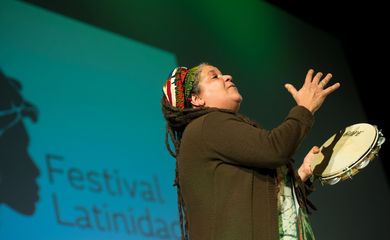Racism and violence laid bare by murder of black youths




Data from the 2012 Violence Map show that most of the murders reported in Brazil targeted youths aged 15 to 29—of whom 77% are black
The murder of black youths on the outskirts of large cities brought Brazil's rampant racism and violence into the spotlight, said Átila Roque, Executive Director at Amnesty International. The organization notes that, according to data from the 2012 Violence Map, 31 thousand of the 56 thousand murders reported in the country targeted youths aged 15 to 29—of whom 77% are black.
Violence has always played a key role in the State's search for order, and is deeply ingrained in the way power is distributed across society, Roque claimed. He said that, even though Brazil does not deem itself a racist country, skin color is a major factor in how a person is treated. “The State, which holds the monopoly on force, often becomes the violator of rights through the abuse of deadly force,” the director said, during a debate on police violence held by Amnesty International in São Paulo.
In Átila Roque's view, there is no magical solution to the country's public security problem. First, the cycle of impunity should be broken, along with the logic of war, in which the goal is to eliminate the enemy.
Débora Maria, founder of the Mothers of May Movement, deplored the criminalization of youths and criticized those who mention police records in an attempt to turn deaths legitimate. Débora Maria, who had her son murdered in May, 2006, said being poor and living in an impoverished community is enough reason to be killed.
Public Defender Daniela Albuquerque said that deaths caused by military police tend to follow a pattern: the suspect fires a shot, and the officer acts in self-defense. One of the jobs of a military police agent is the preservation of life, she argued.
Albuquerque went on to note that a large number of cases classified under death following police intervention show multiple shots on vital body parts, often in the back, with no agent wounded or police car damaged, which rules out a possible confrontation or shootout. She also said that the lack of witness testimonies and tampering with crime scenes hinder investigations and make law enforcement more difficult.
Translated by Fabrício Ferreira
Fonte: Racism and violence laid bare by murder of black youths





